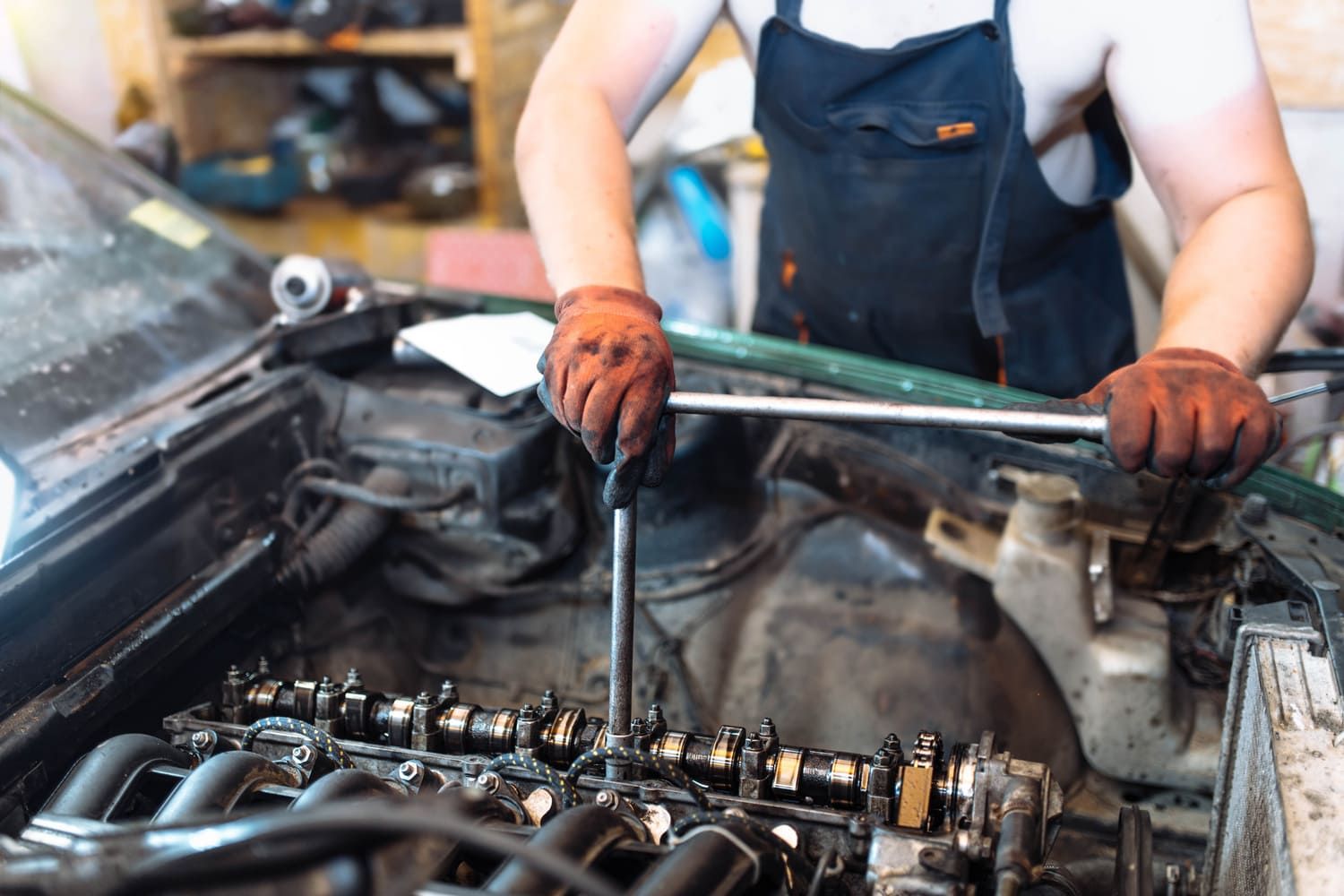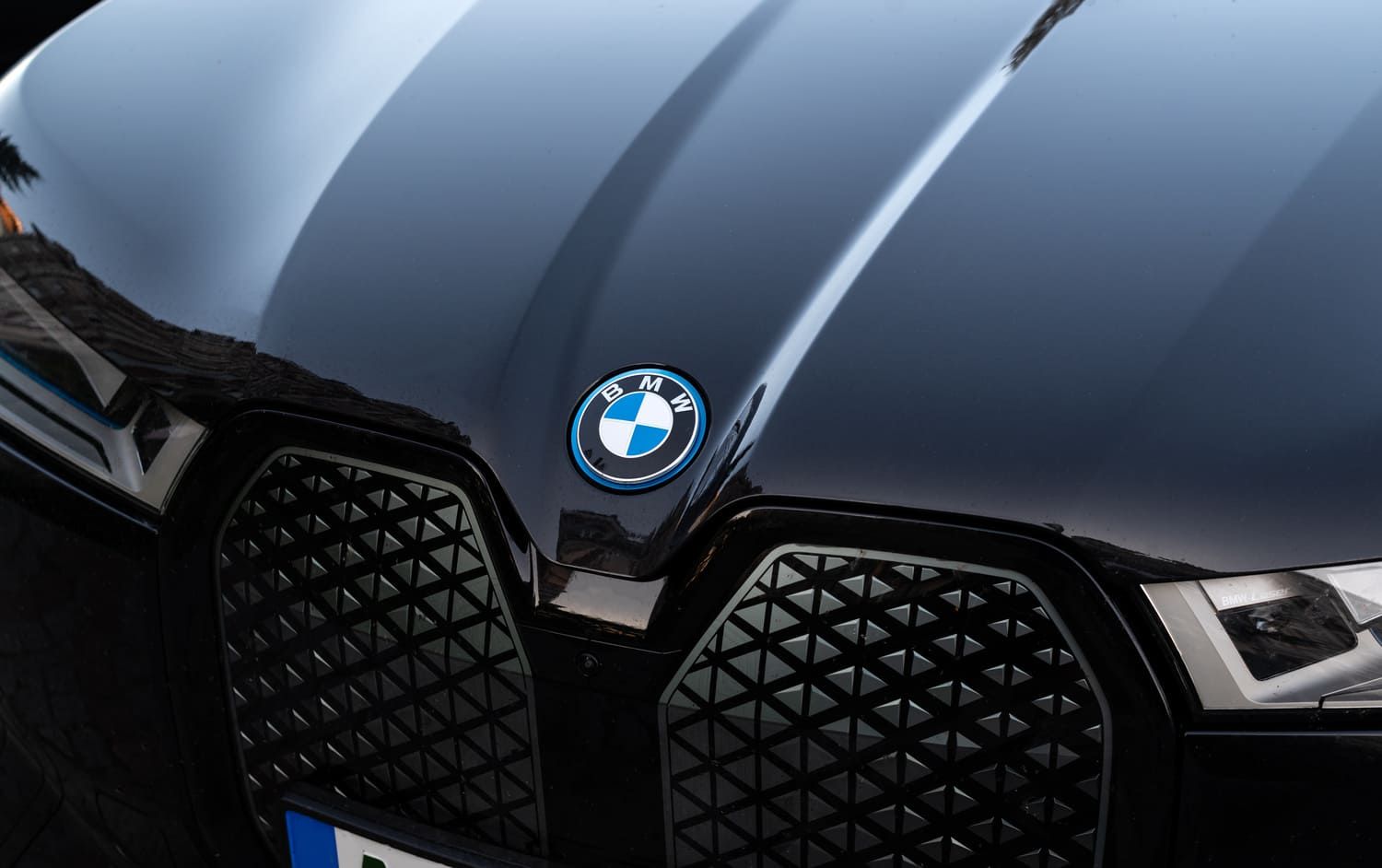>
Blog>
BMW Vanos System Failure Cost GuideBMW Vanos System Failure Cost Guide
BMW VANOS system failure repair costs can sit anywhere from £300 to £2000 in the UK.
The VANOS system offers key benefits for BMWs but can fail and be costly to repair. This article explains typical failure causes, symptoms, repair costs and other common questions.
Key takeaways
- How much is a BMW VANOS repair cost
- Different types of VANOS repairs (and costs)
- What is the VANOS system?
- BMW Models Known for VANOS Issues
- Location vs BMW Vanos system repair costs
- What causes VANOS failure?
- Signs of VANOS system failure
- VANOS system maintenance tips
- How does a VANOS engine work?
- What’s the difference between double or single VANOS?
- What years did BMW use VANOS?
How much is a BMW VANOS repair cost
The average BMW VANOS repair cost in the UK ranges from £300 to £2,000.
Ultimately, the cost depends on your vehicle model and location. Replacing rubber seals on a VANOS system is relatively simple and inexpensive, but if the unit itself is faulty, it can be costly in terms of parts and labour.
If you're concerned about the cost of replacing your BMW Vanos system, you can spread the cost into interest-free monthly payments with car repair finance.
Different types of VANOS repairs (and costs)
VANOS repair costs in the UK vary widely depending on the type and extent of the repair needed, from simple seal replacements to full unit replacements.
See a breakdown of the main ones below:
What is the VANOS system?
The VANOS system is BMW’s variable camshaft timing (VCT) technology that improves engine efficiency and smoothness. Developed in the early 90s, it’s now standard on all BMW petrol engines.
VANOS stands for Variable NockenwellenSteuerung which is a German translation of a variable camshaft system.
BMW Models Known for VANOS Issues
Some BMW models are more prone to VANOS system issues due to design and age, leading to common problems like rattling, seal failures, and solenoid faults.
Location vs BMW Vanos system repair costs
Labour costs for repairing the BMW VANOS system can vary significantly depending on where you are in the UK. Urban areas and regions with higher living costs generally have pricier labour rates compared to smaller towns.
Disclaimer: These prices reflect UK labour averages and serve as a guide. They do not include the full VANOS repair cost, such as parts and additional expenses.
What causes VANOS failure?
BMW’s VANOS system boosts efficiency and performance but can develop issues as it ages, sometimes up to 30 years old.
Common problems stem from ageing rubber seals that degrade without regular oil exposure, and solenoids that control oil flow can also fail, causing more trouble.
Signs of VANOS system failure
The VANOS system is pretty complex, and when it starts acting up, you’ll often notice noise or vibration while the engine is running.
Keep an eye out for these other warning signs:
- VANOS ticking — A ticking noise at idle or startup, sometimes making the engine sound like a diesel, often signals worn seals.
- Low power — VANOS failure can cause noticeable power loss, especially below 3,000 RPM.
- Rough idle — Improper cam timing can cause rough, misfire-like sounds and erratic idle.
- Engine fault codes — Post-1996 BMWs log faults, often triggering the engine management light linked to VANOS-related sensors.
Examples of VANOS System fault codes
As mentioned above, engine fault codes can indicate a VANOS system failure.
Common fault codes are:
- 2A82: Vanos intake solenoid
- 2A87: Vanos exhaust solenoid
- P1520: Camshaft position actuator, exhaust
- P1523: Camshaft position actuator is jammed, exhaust
- P1397: Camshaft position sensor B
VANOS system maintenance tips
Keeping your VANOS system in top shape is key to smooth BMW performance. Make sure to keep an eye on solenoid valves and rubber seals as these parts need the most care.
Here are some ways to care for your car:
- Replace VANOS seal kits every 50,000 miles or sooner for older models
- Clean solenoid valves regularly to prevent clogging
- Have maintenance done by BMW specialists for best results
How does a VANOS engine work?
The VANOS system uses two gears for each camshaft, one connected directly to the engine and the other controlled by oil pressure. A valve controls the oil flow to adjust the timing of the engine valves depending on how fast you are driving and the engine’s needs.
VANOS mainly works between 2,500 and 3,300 RPM, gradually changing valve timing for smoother engine performance compared to other systems.

What’s the difference between double or single VANOS?
BMW improved their engine by adding the VANOS system to the intake camshaft to boost power and efficiency.
Later, they created double VANOS, which controls both the intake and exhaust valves for even better performance.
What years did BMW use VANOS?
Most BMW petrol engines built after 1992 feature some version of VANOS, either single or double, with the earliest systems appearing on the M50 engine.
The conclusion
That’s the wrap on VANOS systems!
Keeping your BMW’s VANOS well-maintained prevents power loss and costly repairs, so address any issues early to keep your engine running smoothly and save money.
Split the cost with Bumper
Whether you need to repair your VANOS system or something else, car finance can help.
With Bumper's car repair finance, you can split the cost of repairs into monthly payments at no extra cost.
Apply online for up to £5,000 and choose from 1,000s of trusted repairers.
Related Posts
